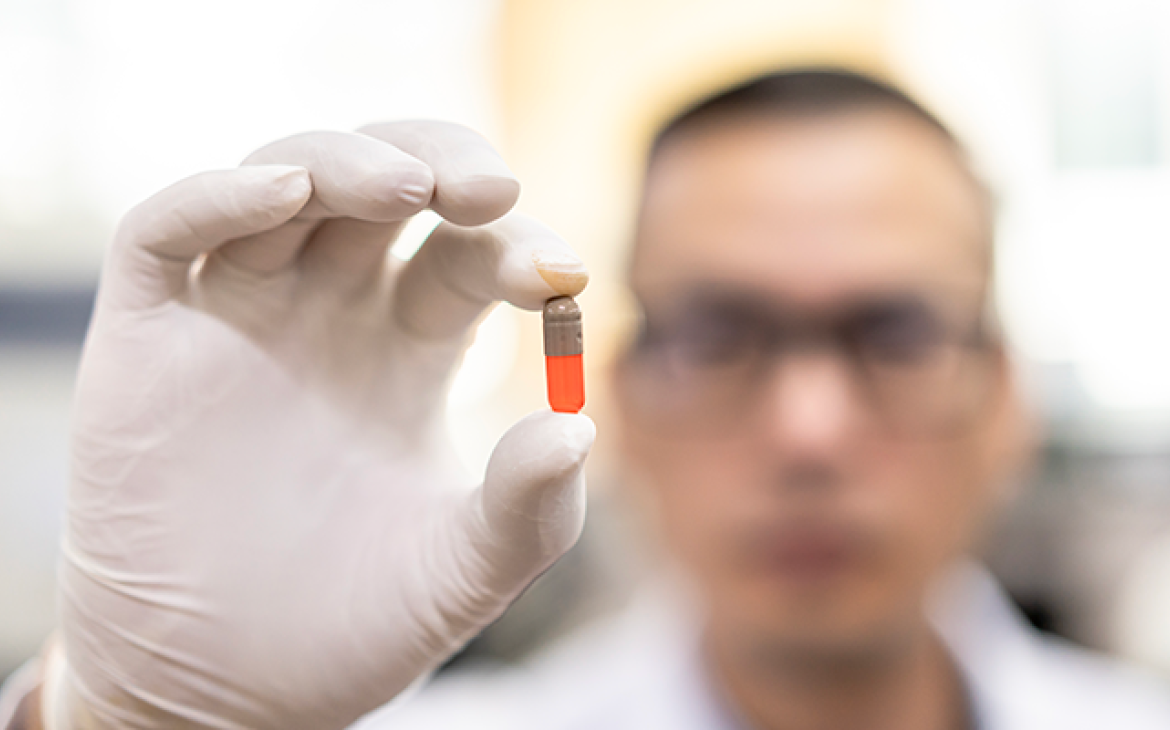
March 11 marked the sobering two-year anniversary of the World Health Organization’s declaration of COVID-19 as a global pandemic. COVID-19 made clear that it can’t be business-as-usual with the medicines supply chain, not when lives are at stake. Since then, policymakers in Washington have committed billions of dollars to address vulnerabilities in pandemic preparedness infrastructure.
At USP, we are doing our part by improving visibility into the upstream medicines supply chain so that vulnerabilities can be predicted and addressed before potential disruptions occur. Our solution to aid early detection of risk factors that can lead to drug shortages is USP’s Medicine Supply Map.
Targeting supply chain vulnerabilities
The need for increased visibility into the upstream medicines supply chain is driven in part by today’s complex, global marketplace of manufacturers, suppliers and distributors.
While increased globalization, specialization and optimization of the supply chain in recent decades has helped patients by expanding access to low-cost generics, it has also led to an increased risk of drug shortages. Such disruptions can stem from global health crises, natural disasters, geopolitical events, or quality-related issues in manufacturing. For example, a 2019 FDA report found 62% of drug shortages occur because of quality issues in manufacturing.
When disruptions occur, they can have unintended and dire consequences for public health and become a national security issue. Vulnerable populations are particularly at risk. This includes young cancer patients. Critical pediatric oncology drugs have a 90% higher likelihood of a shortage than the average drug product, according to a recent analysis by the USP Medicine Supply Map team, in collaboration with Vizient and Angels for Change. Limited visibility into the supply chain leaves stakeholders blind and makes risk analysis more important than ever.
The current global health crisis brought these impacts into sharper focus. A recent USP survey found 95% of U.S. physicians feel the COVID-19 pandemic revealed vulnerabilities of the medicines supply chain that are not going away. In addition, 83% believe drug shortages have become a bigger problem in recent years.
Progress on preparedness
Last year, the Biden administration proposed multiple solutions. These include increasing available information to improve shortage prevention and mitigation efforts, and onshoring of pharmaceutical manufacturing capability. Bipartisan legislative proposals in the House and Senate have included provisions to support public health data availability, and development of novel drug manufacturing approaches to help make more medicines in more places. In related comments applauding these efforts, USP recommended Congress also support efforts to identify and assess medicines supply chain resilience, such as the Medicine Supply Map.
Earlier this month, the National Academies of Sciences, Engineering and Medicines issued a congressionally mandated report on what could be done to secure the U.S. medical product supply chain. The report made many recommendations about increasing awareness of medicines supply chain disruptions through communications, analytics and transparency. It noted that there is no “one size fits all” strategy for increasing medicines supply chain resilience.
Early warning on potential disruptions
USP’s Medicine Supply Map is a first-of-its-kind information system that identifies, characterizes and quantifies risk in the upstream pharmaceutical supply chain. It can be used by stakeholders to prioritize supply chain investments that reduce drug shortages. Government agencies can use the Medicine Supply Map to identify what raw materials, active pharmaceutical ingredients or finished dose medical countermeasures to target for industrial base expansion; help quantify return on investment; and assess the impacts of trade disputes, severe weather events or pandemic-related shutdowns.
Manufacturers can use the platform to de-risk raw material supply chains, assess the impact of supply and demand shocks, prioritize investments in drugs critical to combatting pandemics, weigh the need for mitigation efforts, and determine whether to invest in increased capacity. Hospitals, group purchasing organizations and wholesalers can use the platform to identify critical medicines at long-term risk for shortage and invest in their supply chain resilience by diversifying suppliers or bolstering inventories.
The Medicine Supply Map is just one part of USP’s broader work to address global medicines supply chain vulnerabilities, reduce barriers to adoption of advanced manufacturing technology, and provide scientific standards and related programs that support access to trusted, quality-assured medicines. Learn more about USP’s efforts to advance quality-focused solutions for a stronger global supply chain.


